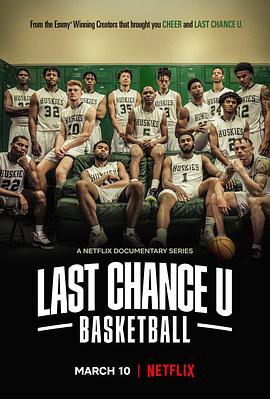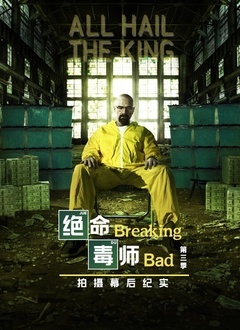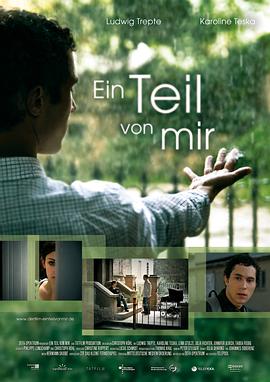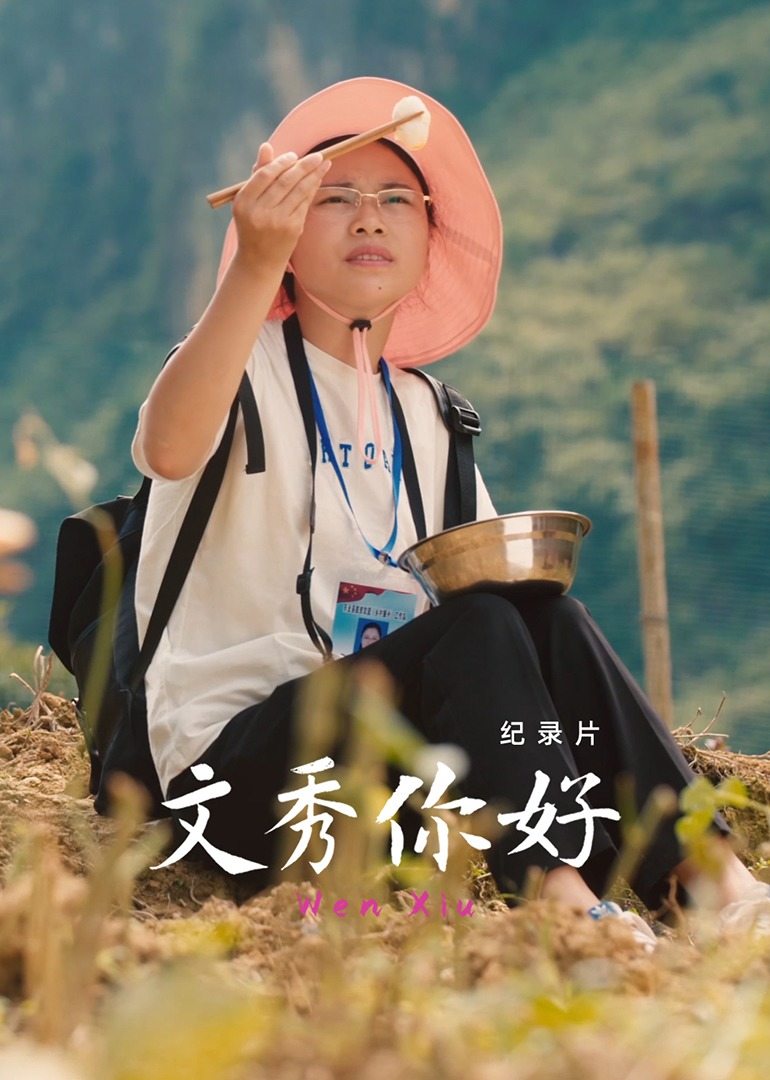扫码发送网址到手机观看
跨性夏威夷超清
- 海瑪伽洛卡魯,李奧安德森阿卡納
喬威爾森,狄恩漢默
美国
英语
2013
2023-03-22 18:25
由获艾美奖的双导DeanHamer和JoeWilson共同执导。在夏威夷有一词叫「Mahu」,意味着「中间」。这「中间」介于男人和女人的之间,正如本片主角希娜—一个原本腼腆的高中男孩,到渴望爱情及嫁作人妇,并且成为一所学校的文化主管的蜕变历程。她让...Both the Brandon Teena Story and Kumu Hina are set in rather peripheral locations, geographically and socio-politically, in the United States; yet their marginal positions provide us with the stances to critically examine the taken-for-granted conceptualization of transgender issues. On the one hand, Brandon Teena, who died from murder in Midwestern rural America because of his non-conforming transgender identity, makes visible the rural/urban divide in the queer communities; on the other, Kumu Hina, being the Mahu in the Hawaiian culture, is the embodiment of history of indigenous movement and colonialization. In the Brandon Teena Story, through the interviews conducted with the local residents, the tragic story of Brandon Teena seemed to result from the homophobic and transphobic environment rooted in rural America. The interviewees in rural Nebraska in the documentary showed either great ignorance or indifference, even brutality towards non-normative sexualities. So the transgender people in rural areas in this documentary are depicted as victims in the documentary. This documentary was successful in mobilizing the (urban) queer community’s sympathy and awareness for the situations transgender people in non-urban places.It seems to be a hard and universal fact that the rural is a site of intolerance and transphobia and the urban is a site of open-mindedness and liberation. However, the production of the rural/urban opposition in the documentary is more symbolic than substantive. It is a relational process, during which the urban queer community is the dominant narrator of the story. The Brandon Teena story, or the Brandon Archive (Halberstam 2005) was not just out there, the significance of which went through a process of being discovered and cast public interest upon by the urban (Foucault 1980). The film makers were outsiders; they “intruded” into the rural community and produced the “rural equals transphobic” discourse that fitted the urban queer community’s imagination through the personal history of Brandon Teena. The lived experiences of rural queer people were narrated into the binary of urban/rural and tolerance/intolerance. The internal varieties and complexities of rural queer life were erased. Thus this documentary assumed a metronormative stance, according to Judith Halberstam (36), or is another different manifestation of the trans othering model inside the queer community (Leung 2012).Metronormativity and the othering of rural populations could lead to severe problems. Within this dichotomous framework, we couldn’t be bothered to care about the real lives of these people and the multiple sources and complex dynamics of their homophobia except labeling them “the uneducated and homophobic redneck” or “white trash”. The purposely neglect and partial depiction of these rural populations would do nothing but polarize and further reify the division between the rural and the urban. To some extent, we might see the Donald Trump presidency as a footnote of the consequences of othering of white working class in the forgotten rural America. Different from The Brandon Teena Story, whose narrator is an outsider from the local rural community and hides behind the camera as the interviewer in control, Kumu Hina, both the name of the documentary and the protagonist, is featured by monologues of and conversations and interactions among different character right in front of the camera. This narrating method gives more autonomy to the subjects in the documentary. Besides, the subtitles include and emphasize the Hawaiian words for the culturally specific notions as gestures of respect and acknowledgement. From this documentary, we could see more complexity, ambivalence and the ongoing reconstructing process of the indigenous Mahu transgender identity in the context of teaching local culture in post-colonial Hawaii. I think Kumu Hina is an exemplification of the trans relational model (Leung 2012), which shifts focus from individual identification to interpersonal and social relationality. The documentary is comprised of episodic depictions of relationality that Kumu Hina has both in her private life and public engagement. In terms of public engagement, Kumu Hina mainly acted as educator of indigenous Hawaiian culture in school, which resembles the role that third gender Mahu used to play in pre-colonialized Hawaii. School is the very site that the resistance to colonialization and the rehabilitation of local culture takes place. Take the relationship between Kumu Hina and a boyish female student for example. In the very beginning, the students were lining up to get one of the flower rings based on their gender. Then the girl asked if she could get both and got the affirmative response from Kumu Hina. Her non-normative gender expressions were respected under the umbrella of indigenousness. Later on, with the guidance of Kumu Hina, the female student led the stage performance that depicted Ku (male energy) in Hawaiian culture. The female student undoubtedly gained access to and benefited from the traditional Hawaiian gender culture thanks to the education she got from Kumu Hina. The female student’s mother seemed to be quite open-minded towards her “unorthodox” behavior. But the mother’s tolerance had a clear boundary. She commented that “it’s OK to be a tomboy as long as you know you are a girl.”, from which we can see that under the tolerance her conceptualization of gender expression still assumed a premise of gender binary that was imposed through colonialization and that left no place for the local third gender traditions. Although the indigenous movement has restored the erased culture and history through formal education, the “legacy” of colonialization is still ubiquitous and has filtrated into people’s cognition. The relationship between indigenous culture and colonialization is complex and in the process of negotiations between multiple locations, school and family in this case. Just like the utter opposition of rural and urban is dangerous, the re-discovering and restoring of local tradition should not create an artificial distinction between the Hawaiian and the American. Let’s look at an episode from Kumu Hina’s marriage. She once had a quarrel with her husband who was fine with her transsexuality but expected her not to work and take a domestic gender role. Despite gender variance being a merit in local culture, the other heteronormative components such as fixed gender roles in the local culture should be reflected upon and the “Western” notion of gender equality should not be rejected blindly based on the ideological grounds. In a word, both documentaries warn us against simplistic binaries and ask us to pay attention to the internal complexity of these binaries, be it rural/urban or indigenous/colonial. Works CitedFoucault, Michel. The History of Sexuality, Vol. 1, Vintage, 1980. Halberstam, Judith. “The Brandon Archive.” In a Queer Time and Place: Transgender Bodies, Subcultural Live, New York University Press, 2005, pp. 22-46. Leung, Helen Hok-Sze. “Trans on Screen.” Transgender China. Palgrave Macmillan, 2012, pp. 183-198.
详情
@ 本周热门纪录片
-
 更新至14集
更新至14集 激荡四十年
暂无
-
 已完结 共8集
已完结 共8集 最后机会大学:篮球第二季
内详
-
 全7集
全7集 尤金·列维的宅老爹旅行第二季
尤金·列维
-
 更新至1集
更新至1集 美术经典中的党史
内详
-
 第27集
第27集 绝命毒师第三季幕后纪实
内详
-
 第9集完结
第9集完结 穿越时空的古籍
刘琳,卢冉,郑亚胜,张燕婴,朱文立,张涌泉,刘波,励双杰,吴魁兆,励聘操,撒旦君,陈连山,李德静,张渔,杨光辉,陈诗宇,董进,应永会
-
 1集全
1集全 身为人父
peter,betz,stephen,chukumba,frank,gonzales
@《跨性夏威夷》同类型纪录片
秋霞电影网为非赢利性站点,本网站所有电影电视剧全集均自动从互联网相关站点抓取,追究版权请找来源网站。
Copyright © 2024-2025 秋霞电影网







